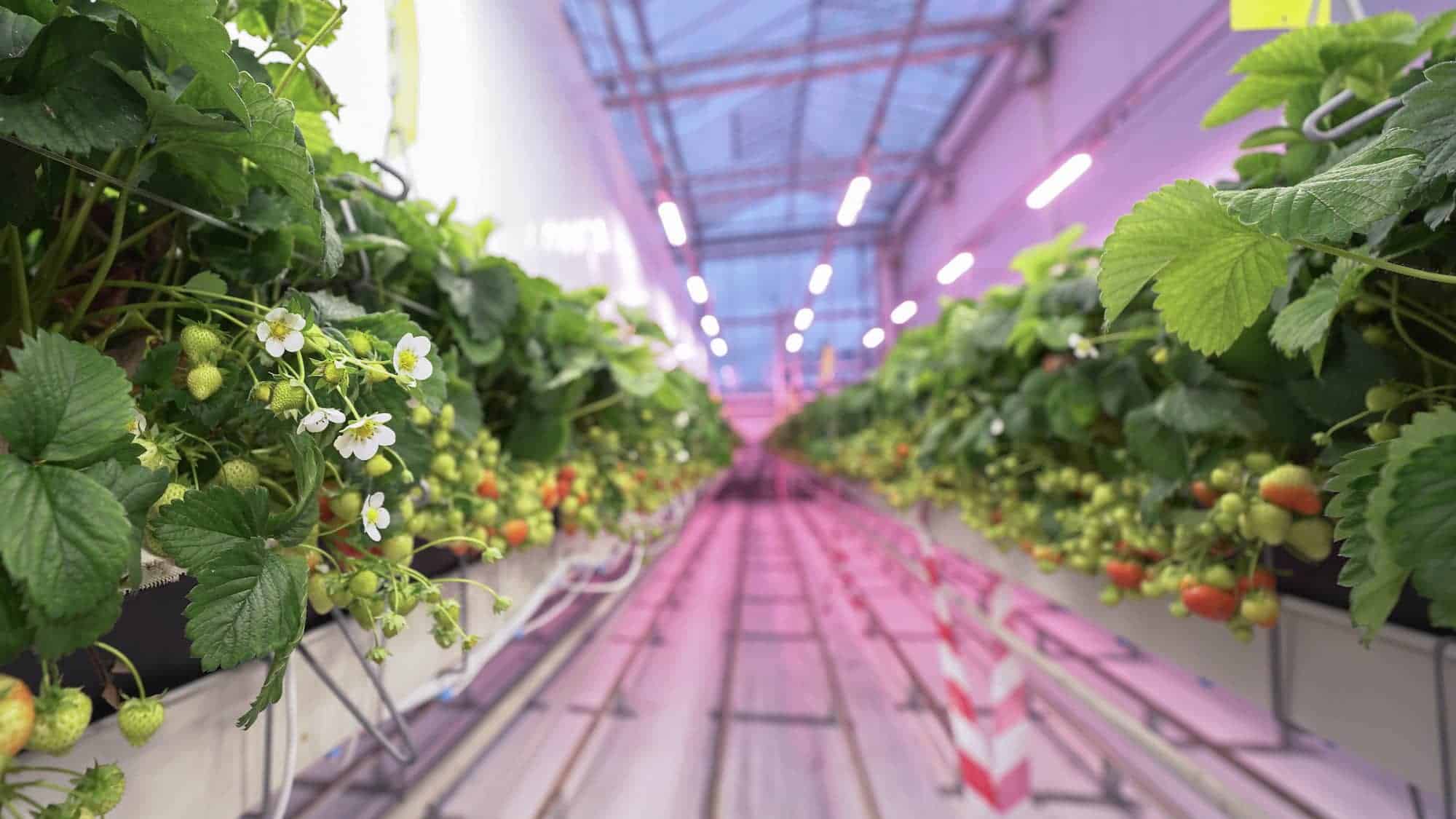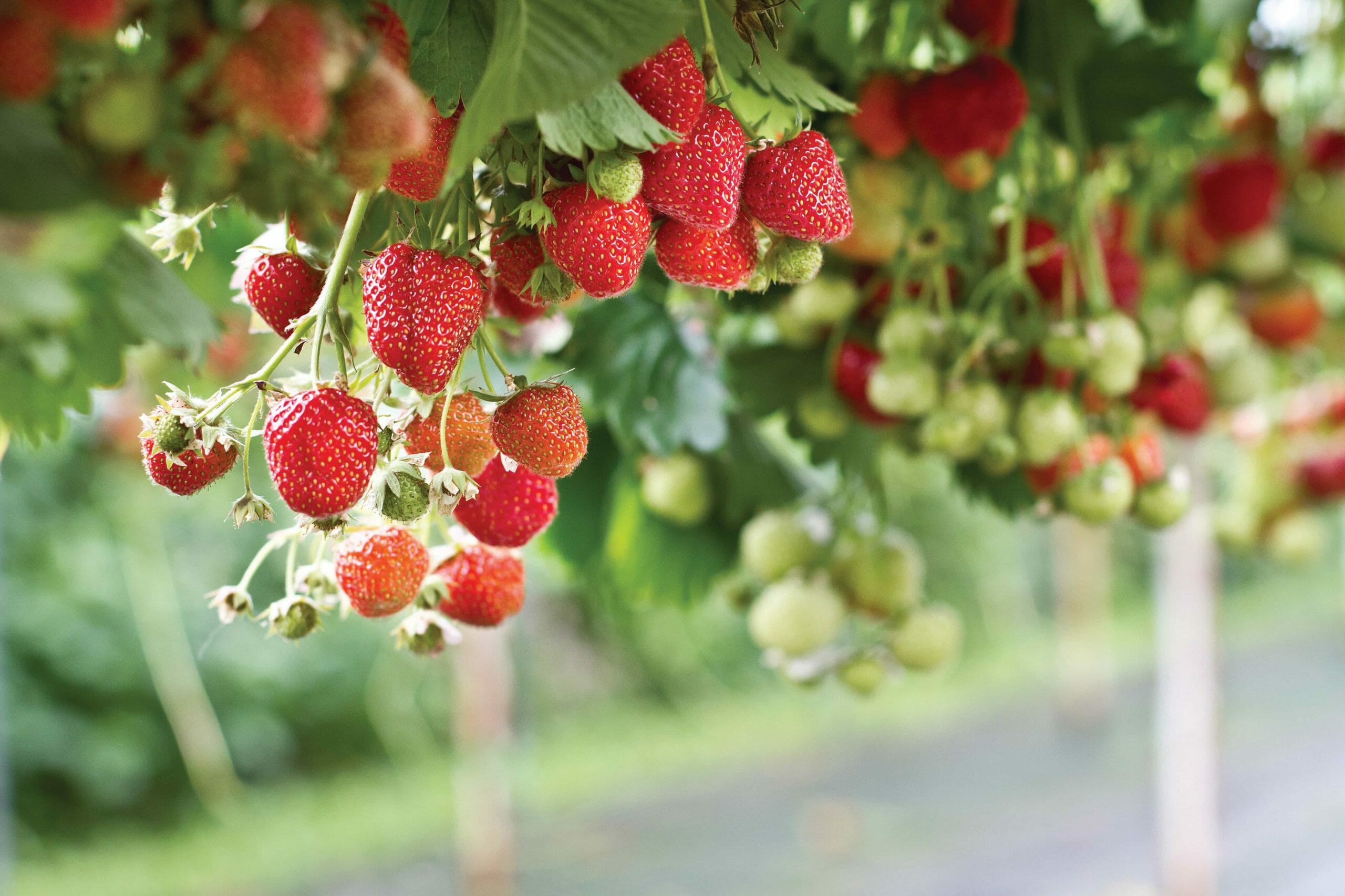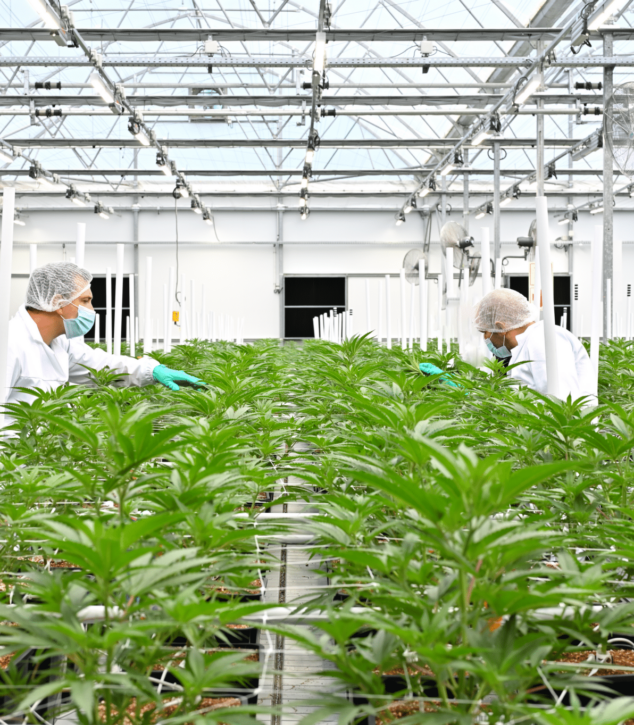What are Phytonutrients?
Plants contain thousands of natural, meaning they produce them through various metabolic processes, chemical compounds. These natural plant products are called phytonutrients or phytochemicals. The name originates from the Greek word for plant – “Phyto.” We know and come to love them as they are promoted in many health blogs and articles as beneficial to human health. Common phytonutrients we hear about most are carotenoids and polyphenols such as flavonoids. However, there are many more phytonutrients, such as allyl sulfides and glucosinolate and their products isothiocyanates. They are often referred to as antioxidants as they help neutralize the harmful effects of various molecules called reactive oxygen species, or free radical metabolites in our bodies. Free radicals can damage cells and tissues throughout the body and contribute to the development of chronic diseases. Phytonutrients are found in all plant-based foods, including fruits, vegetables, and legumes, but also, to a lesser extent, in whole grains and nuts.
Therefore, eating a diet rich in fruits and vegetables is the best way to get ample amounts of phytonutrients. Studies have demonstrated that people who eat a diet high in fruits and vegetables have a lower risk of chronic diseases such as cancer and heart disease, as one serving of vegetables can contain over 100 phytonutrients. Thus, phytonutrients are medicinal in our bodies as they help in our defense mechanisms and can be used to help optimize our bodily functions.

Phytonutrients Classification
There are four major groups of phytonutrients that are the most beneficial to our health. Polyphenols, and their subgroup flavonoids, are comprised of hundreds of individual phytonutrients including quercetin, resveratrol, and anthocyanidins. These flavonoids can be found in berries such as blueberry, raspberry, and blackberry, and give them their blue, red, and purple coloration. They are also in high concentrations in vegetables including kale, spinach, broccoli, and peppers. One more group of flavonoids are isoflavonoids and are found in soybean. Isoflavonoids have been found to protect against some hormone-dependent cancers. Another class of phytonutrients is glucosinolates and their bioactive product isothiocyanates. The phytonutrients phenethyl isothiocyanate and the most studied isothiocyanate, sulforaphane, are some of the most powerful anti-carcinogenic nutrients and have been linked in many studies to fighting colon and lung cancers and many other cancers. These phytonutrients can be found in Brassica (aka Cruciferous) vegetables, including broccoli, kale, mustard, Brussels sprouts, and arugula. Allyl sulfides are the next group of phytonutrients and are found in Allium crops such as onions and garlic. They have been found to prevent similar diseases and even strengthen our immune system. Finally, carotenoids are the last major phytonutrient group, including beta-carotene, lutein, zeaxanthin, and lycopene. Carotenoids are potent antioxidants that are directly linked to eye health and prevent night blindness and age-related macular degeneration. Carotenoids are ubiquitous in all plant species as they are part of the photosynthetic machinery and are what give vegetables their orange and yellow colorations, such as sweet potatoes, squash, and carrots. Additionally, lycopene is what gives grapefruit, watermelon, and tomato fruits their red color.
The Effect of Phytonutrients on the Human Body
So, you may be thinking – how wonderful for plants to produce phytonutrients for our health benefit! Well, yes, that is one of the biggest reasons all the human health experts tell us to make half our plate fruits and vegetables (MyPlate | U.S. Department of Agriculture). However, there is an evolutionary cause that plants have developed the ability to produce phytonutrients, and it is the same reason they help to protect us from various harmful effects of free radicals. You can think of them as the immune system of plants as they protect them from environmental stress. But they also protect them from pests and diseases such as insects, fungi, and bacteria. Protecting plants from these harmful events is the main purpose of plant phytonutrients. For example, glucosinolates are known to prevent the feeding of insects on Brassica crops, such as broccoli and cabbage. Furthermore, studies have shown that plants synthesize flavonoids in response to adverse environmental factors such as UV radiation, low/high temperatures, and drought stress, as these conditions are potent sources of reactive oxygen species.
Therefore, even though phytonutrients are not essential for keeping us alive, unlike the vitamins and minerals that plants foods contain, they help keep our body functioning properly by neutralizing those free radicals. Since phytonutrients are very good for us, we have found ways to manipulate their concentrations in plants through various production practices such as different types of light, duration of light, and intensity of light we give them with light emitting diodes (LEDs), especially in controlled environment agriculture (CEA).
How LED Lights Influence the Role of Phytonutrients
First, different types of LED lights emit different wavelengths of light, such as blue, green, and red. If you have ever seen a greenhouse lit up at night that looks like a pink or purple hue, most likely, they are using LED lights to grow plants. Different wavelengths of light can affect the synthesis and accumulation of different types of phytonutrients in plant leaf and fruit tissues. For example, research has indicated that blue and red LED lights can promote the synthesis of anthocyanins in strawberry fruit. Additionally, red, blue, and far-red LED lights can promote the synthesis of carotenoids, as demonstrated in a sweet pepper research study.
Second, we can also change the intensity and duration of LED light plants receive. Thus, we can impact the concentration of phytonutrients, as plants need a certain amount of light energy to synthesize phytonutrients. For example, if a plant is exposed to a high light intensity, it will produce more phytonutrients to help offset the added stress to the plant. For example, studies have shown that when exposed to high light intensities (i.e. solar energy), plants employ a key dissipation process called the xanthophyll cycle (a particular group of carotenoids) that allows them to handle the excess light stress thereby minimizing damage to the photosynthetic machinery. By manipulating the type of LED light and the intensity and duration, the use of LED light can affect the concentrations of plant phytonutrients by influencing their synthesis and accumulation.
Another example is the increase in blue light. When lettuce plants are exposed to higher ratios of blue light, especially at the end of the crop cycle, they produce significantly more anthocyanins, giving the lettuce an intense red and purple coloration. Therefore, it is important to choose the right type of LED lights and their control when growing plants to optimize the concentration of phytonutrients. Previous research has also indicated that tomatoes grown under continuous (24 hr.) LED lighting had an increase in yield and increased lycopene, and lutein concentrations in the fruit tissue.
In summary, phytonutrients are a diverse group of metabolites that are essential for plant health and survival. Additionally, they are very beneficial to human health as they act as antioxidants helping to protect from the harmful effects of free radicals and prevention of certain cancers. We can manipulate the concentrations of phytonutrients by influencing various environmental effects, including light. LED lights can affect the concentrations of plant phytonutrients by influencing their synthesis and accumulation. Therefore, choosing the right type of LED is important to optimize phytonutrients in the plants we eat.

Dr. Casey Barickman
Sr. Scientist, Research Manager North America
Dr. Casey Barickman leads the North American commercial agriculture initiative at Fluence as a senior scientist. His experience in controlled environment systems, horticultural lighting, and plant physiology, nutrition, and biochemistry aligns with Fluence’s mission to drive industry-leading lighting research to explore the interactions between light, the environment, and plants.








